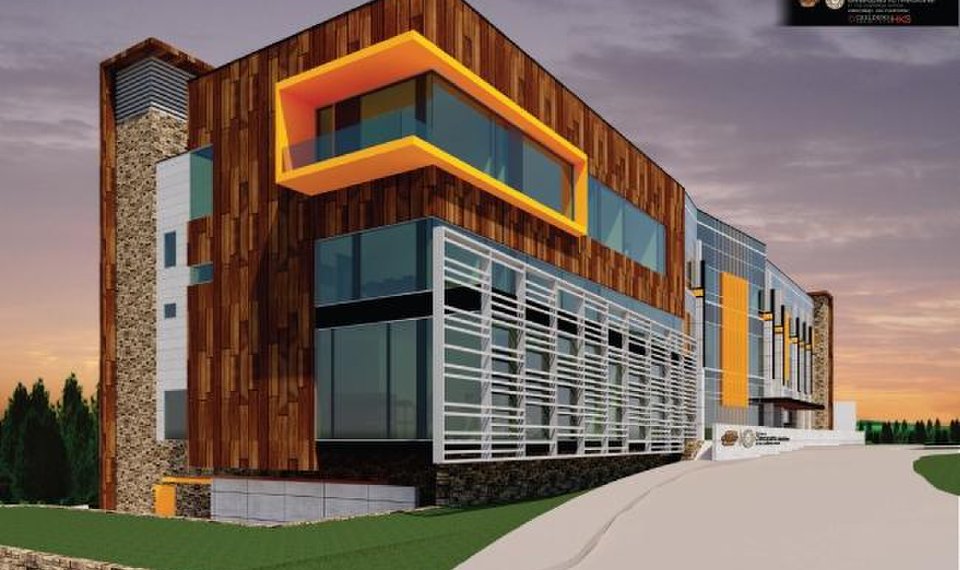Despite efforts to boost diversity among medical students, one group remains woefully underrepresented. Nationwide, fewer than half of one percent of US physicians are Native American. A new school seeks to help change that – and it’s off to a promising start. The Oklahoma State University College of Osteopathic Medicine at the Cherokee Nation is the first tribally affiliated medical school in the United States and 22 percent of its inaugural class is Native American.
The shool opened for the fall semester on Cherokee land in Tahlequah, the capital of the Cherokee nation’s 14-county reservation. It’s a welcome project not only to young Native Americans with medical career aspirations, but to the nearby residents as well. Having long lacked the medical care and resources that most of America enjoys, tribal communities face devastatingly high rates of chronic conditions including heart disease, lung cancer, diabetes and obesity. Most recently, these communities also are among the hardest hit by the COVID-19 pandemic. Data from the US Centers for Disease Control and Prevention show that American Indian and Alaska Native people report rates of COVID-19 infection three times higher than whites.
“After we were removed from tribal lands and there were no teachers, we invested our treasury into teachers,” Bill John Baker, former principal chief of the Cherokee Nation, recently told reporters. “This is a natural progression. Just as our ancestors grew their own teachers 150 years ago, we want to grow our own doctors.”
During his tenure as principal chief from 2011–2019, Baker made healthcare a priority, even selling off the nation’s private jet to help pay for healthcare services and earmarking $300 million to refurbish rural clinics and build a state-of-the-art outpatient facility. Today, the Cherokee Nation boasts the nation’s largest tribally operated healthcare system with 27 percent of its working physicians being tribally affiliated.
Baker’s efforts caught the attention of OSU leaders and prompted talks about opening a medical school on tribal lands.
“It was a match made in heaven,” Baker said. “We’ve been investing in our young people for quite some time, sending them to medical school at Harvard and Stanford and all over the country, but when we saw an opportunity to have a medical school right here and not have to ship our kids off, that made perfect sense.”
Next up, the school aims to launch residency programs at nearby tribal health networks. New physicians tend to set up practices near where they completed their residencies, so the move could help increase Oklahoma’s tribal and rural physician workforce.
Though construction of the full 84,000-square-foot, $40-million facility isn’t yet complete, limited in-person classes have already begun meeting, with most instruction being done online to guard against further spread of the Coronavirus.
If you’re part of an underepresented group with a goal of practicing medicine, WOLFPACC can help you prepare for the rigors of medical school, ace your USMLE and COMLEX exams and develop a competitive edge. Call 904-209-3140 to find out how.




